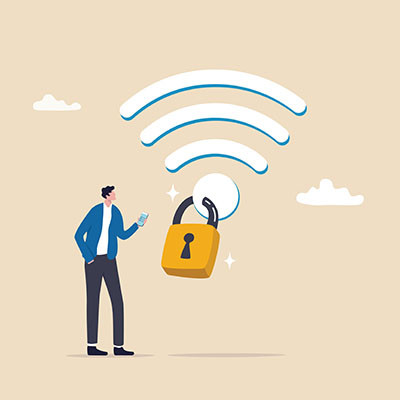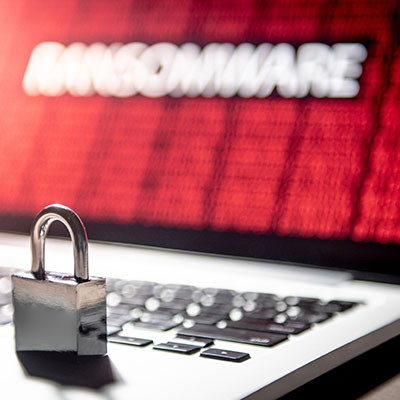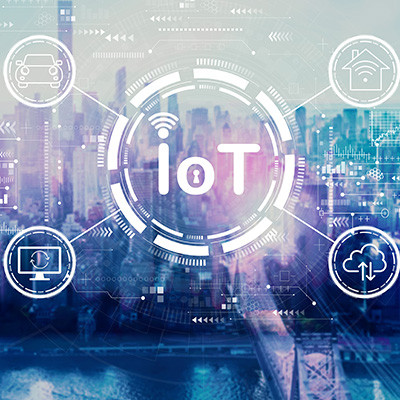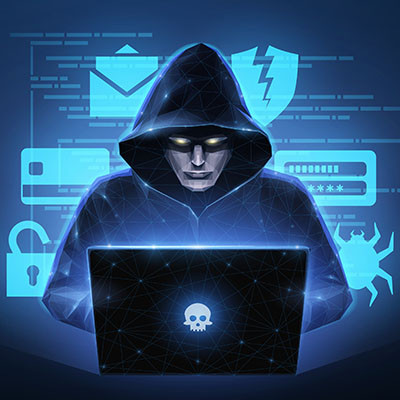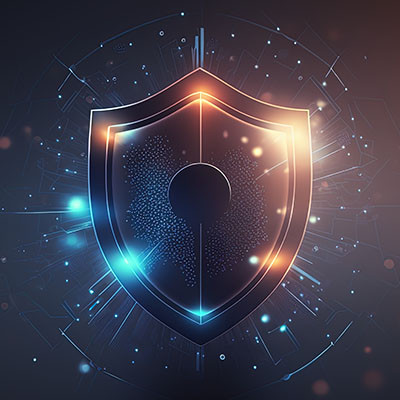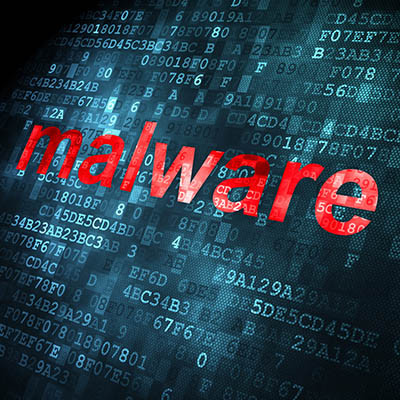Ferrum Technology Services Blog
Keeping your business’ Internet connections secure is paramount in the quest to maintain cybersecurity. There really isn’t any other option. Fortunately, protecting your business’ wireless connections isn’t that difficult. This month, we will go through a few steps that you can take to help keep your Wi-Fi connection secure.
Fundamentals are always important. This is true regardless of what you seek to accomplish. In regards to business technology, having a fundamental understanding of the technology and strategies you use to get things done, can help you concoct a plan that will be effective in keeping that technology secure. Let’s look at what today’s cyberattack entails and what an organization needs to do in order to keep the threats from having an effect on their business.
Your aim should always be to build more efficiency into your business. It boosts the productivity of your staff and makes your business a better place to work. Technology is central to this strategy, but it can be tough to get the right productivity in place. This month, we will give you a few considerations that you should pay attention to when adding technology to your roster.
We throw around the term “ransomware” an awful lot, and while we’re confident that most people have some level of familiarity with the concept at this point, it is important that we acknowledge that not everyone has our experience in dealing with it. As such, we wanted to answer some of the questions we hear fairly often about ransomware.
Many companies, individuals, and organizations have sought to get the most value out of cloud computing, making it an industry that also requires a certain level of regulation. With its increasing integration into our daily lives, it’s no small wonder that there is a greater effort to control certain aspects of it. Here is what you can expect from cloud regulation in the near future.
Cybersecurity is complicated, with countless moving parts that all contribute to a well-protected network. This includes password changes, multi-factor authentication, and policies and procedures that could make the average workday a headache for the average office worker. Cybersecurity burnout is a real thing, and it’s becoming a major problem for businesses that don’t approach it intentionally.
Modern businesses depend on cybersecurity to help keep operations from being targeted by hackers and other cybercriminals. Businesses need to be both resilient and agile in how they protect their infrastructure from these threats. Let’s discuss four of the most important ways your business can protect itself from the growing threats of malware, ransomware, phishing attacks, and other cybersecurity threats.
Phishing is amongst the most dangerous modern attack vectors, with absolutely no sign of this changing. These attacks are always getting better, more polished, and harder to spot, making them a real nightmare for your business’ cybersecurity. Let’s talk about how the nightmare plays out, and how you can help keep your team alert to such events.
The Internet of Things is pervasive in the way that many devices which you might not expect to be connected are, in fact, connected to the Internet. Smart speakers, smartphones, smart appliances, you name it, could potentially be a security threat if left unchecked. This doesn’t just go for businesses, either; even consumer smart devices could leave users vulnerable.
Over a quarter of all data breaches happen to small businesses. The cost of a data breach, well, it sure isn’t worth it. To keep your business’ data and infrastructure free of threats and relatively secure, small businesses will need a combination of useful technology tools and well-designed strategies. Let’s take a look at several steps your small business can take to secure itself from digital theft.
Antivirus solutions are often thought of as something you implement, then forget about as time goes on. The issue with this is that, while you might forget that the antivirus is protecting you, hackers are not, and they are always on the lookout for ways to get around your systems, whether that is straight through your protections or a more roundabout approach.
We focus a lot of our attention on securing our clients’ computing infrastructures from the large amount of threats that are out there. We look to legitimately protect the entire network and infrastructure with our tools and expertise. The hackers, on the other hand, understand that they are more apt to be successful if they target certain users of your organization. Let’s look at a potential profile of someone that a savvy hacker would like to target.
Any business that uses information technology needs to be considerate of its security. It’s also important for these businesses to remember that this security is always being innovated upon to better protect their organizations and their users.
Let’s consider why this constant innovation needs to be something that your organization emulates where its cybersecurity policies and processes are concerned.
Do you remember the “Hello, I’m a Mac, and I’m a PC” commercials that aired from 2006 to 2009? These ads, which featured actors Justin Long and John Hodgeman as Mac and PC, respectively, were put out by Apple to promote their line of computers, highlighting the advantages that Macs had over the PC. One advantage the ads referenced repeatedly was the idea that Macs “don’t get viruses,” something that research conducted by Elastic Security Labs has disproved beyond any doubt.
Unfortunately, some businesses have had to learn the hard way in order to pay attention to their business’ cybersecurity efforts. These cautionary tales aren’t lost on many business owners, but in some cases, they are still ignored. That’s where we come in. Today, we thought we would go through some basic things that any organization needs to know to keep their business safe.
Whether you like it or not, organizations are going to get hacked. It’s the cruel truth. There are just so many individuals and organizations looking to gain unauthorized access and siphon off data and money from businesses, that it is basically impossible to go long stretches of time to not have to confront it in some way. With the threat landscape what it is, companies now offer cyber insurance. Let’s take a quick look at cyber insurance and what you need to know about it.
Back during the holiday season, the Federal Trade Commission shared some data that showed that members of Generation X, Millennials, and Generation Z are all more likely to fall for online shopping scams than those over the age of 60…and not by a little, either. Those under that age are apparently 86 percent more likely to fall for these scams.

